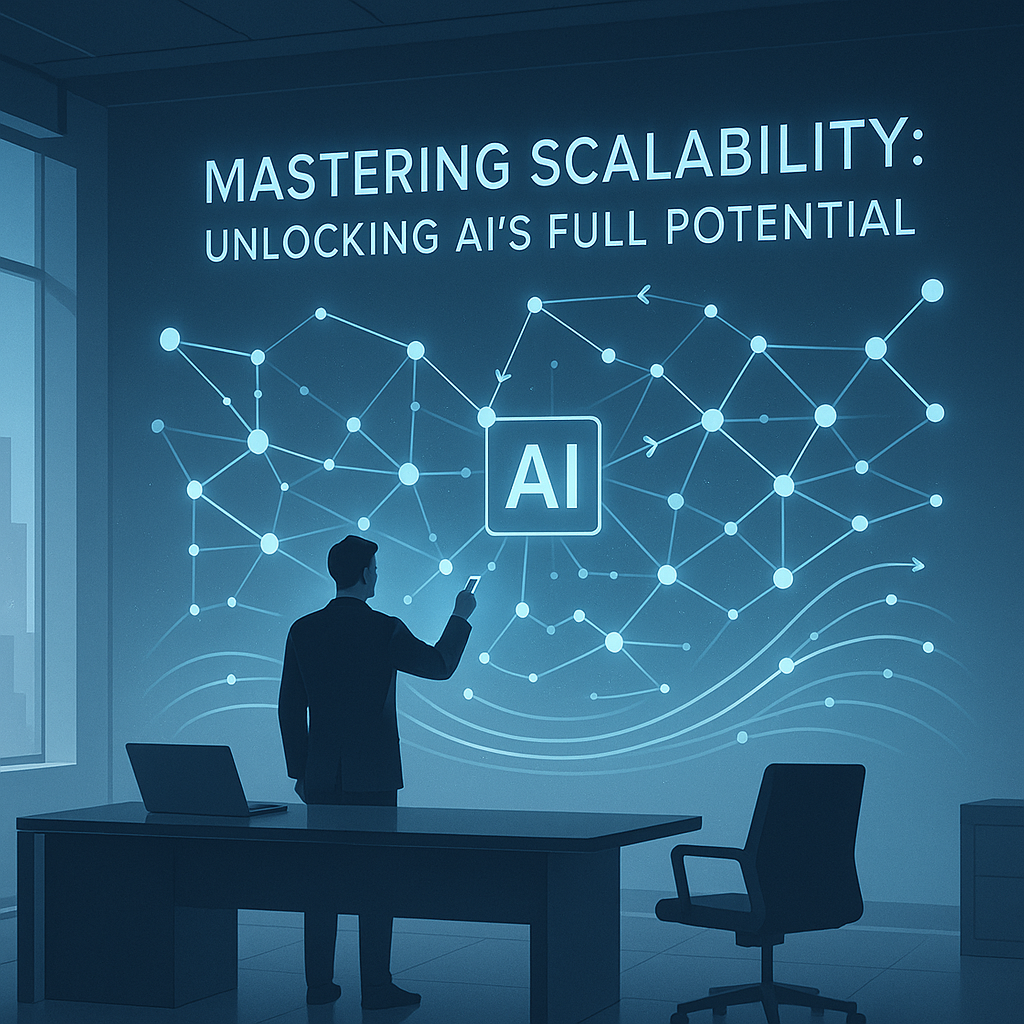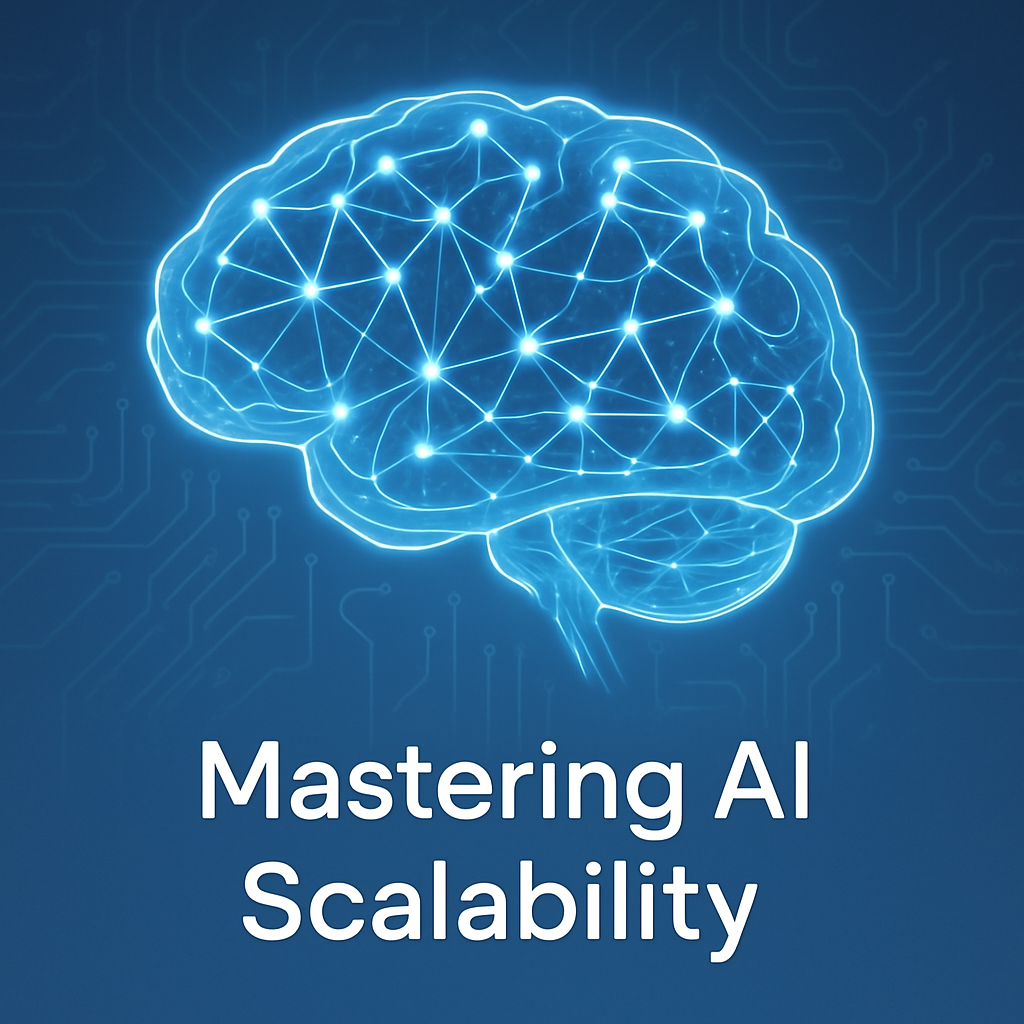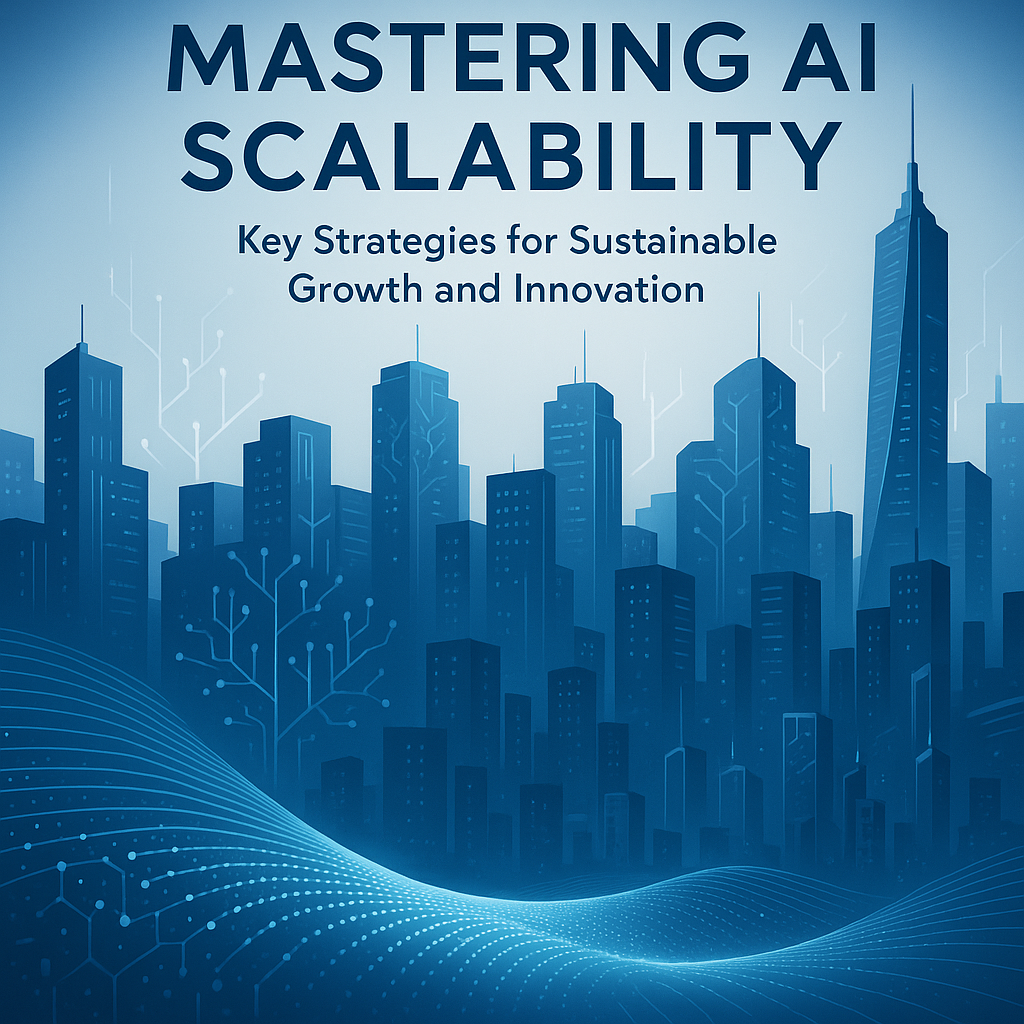Harnessing Scalability for Sustainable AI-Driven Business Innovation
Artificial intelligence (AI) is no longer a futuristic concept but a core catalyst reshaping Business Operations and Strategy across industries. As organizations increasingly adopt AI-driven systems to enhance marketing analytics, streamline Engineering processes, and innovate Robotics capabilities, scalability emerges as a critical requirement. Scalable AI development ensures that solutions not only meet current demand but adapt seamlessly to evolving Technology Trends and business growth, unlocking long-term value.
Achieving scalability in AI is a multifaceted challenge requiring a blend of strategic design, thoughtful software development, and robust systems design principles. This article explores proven methodologies for building scalable AI systems that serve as a foundation for sustainable business innovation and efficient Technology Management.
Architecting for Scalability: Core Engineering Principles
At the heart of scalable AI development lies a deliberate architecture that enables growth without compromising performance. The following Engineering principles are essential:

1. **Modular System Design**
Breaking down AI models and associated pipelines into modular components promotes maintainability and parallel development. Separate machine learning modules for data preprocessing, feature extraction, model training, and inference allow targeted scaling and easier troubleshooting.
2. **Microservices and Containerization**
Deploying AI capabilities via microservices packaged in containers (e.g., Docker, Kubernetes) decouples system parts, facilitating independent scaling of components as needed. This approach supports distributed computing, aligning with the Future of Computing focused on cloud-native and hybrid infrastructures.
3. **Data Pipeline Scalability**
Data is the fuel for AI systems. Building scalable data ingestion and processing pipelines using streaming technologies like Apache Kafka or batch frameworks such as Apache Spark ensures steady throughput as data volume surges. Automating data validation and transformation safeguards against quality degradation over time.
4. **Hardware and Parallelization Strategies**
Optimizing AI workloads through GPU acceleration, TPU utilization, and model parallelism can exponentially increase throughput. Careful selection of hardware and tuning for parallel execution are crucial as Business Operations scale.
Developing Scalable Machine Learning Models
Model design significantly impacts scalability. Here are key considerations:
– **Model Complexity vs. Efficiency Tradeoff**
Highly complex deep learning architectures can yield superior accuracy but may pose challenges in deployment and scalability. Engineers must balance model capacity with inference speed, frequently employing model compression techniques such as pruning and quantization.
– **Automated Machine Learning (AutoML) Adoption**
AutoML frameworks streamline hyperparameter tuning and architecture search, minimizing manual intervention. This automation accelerates iteration cycles, an advantage as businesses pivot their AI approach in dynamic markets.
– **Incremental and Online Learning**
Incorporating learning methods that update models incrementally supports continuous adaptation without retraining from scratch. This approach preserves resource efficiency while maintaining performance amidst shifting data distributions.
Integrating Scalability into Software Development and Systems Management
Successful AI scalability transcends algorithmic innovation and demands comprehensive software development practices:
– **API-First Design**
Exposing AI functionalities via well-defined APIs enhances interoperability and facilitates integration into diverse business platforms, enabling Marketing, Sales, and Operations teams to adopt AI insights seamlessly.
– **Robust Monitoring and Logging**
Transparent monitoring of AI system health, model drift, and performance metrics ensures proactive issue detection. Incorporating feedback loops ties into holistic Technology Management strategies, fostering continuous improvement.
– **Version Control and Reproducibility**
Implementing strict versioning of datasets, code, and models is indispensable for traceability and rollback capabilities, essential in regulated industries and collaborative environments.
– **Cloud-Native Scalability**
Leveraging cloud providers’ elastic infrastructure allows AI workloads to dynamically expand or contract based on real-time demand, optimizing costs while sustaining performance.
Scalability as a Strategic Lever for Business Innovation
Beyond technical design, scalability in AI development is a strategic imperative driving Business Strategy. Scalable AI solutions empower organizations to:
– **Accelerate Time-to-Market**
Rapidly scale AI-powered features to meet customer demand offers a competitive advantage in fast-moving sectors.
– **Enhance Decision-Making**
Scalable analytics platforms can process vast datasets, delivering real-time insights that inform smarter business decisions across Marketing, Operations, and product development.
– **Enable Cross-Functional Collaboration**
Scalable AI infrastructures harmonize workflows between data scientists, software engineers, and business leaders, fostering a culture of innovation and agility.
– **Mitigate Risk**
Scalable systems with continuous monitoring reduce the likelihood of failures during peak loads, supporting reliability and trust.
Anticipating Future Trends in Scalable AI Development
The rapid evolution of AI technologies demands ongoing adaptation in scalability strategies:
– **Federated Learning and Edge AI** will push scalable AI beyond centralized servers toward decentralized, privacy-preserving architectures suitable for Robotics and IoT.
– **Explainable AI (XAI)** integration into scalable systems will enhance transparency and regulatory compliance.
– **AI-Oriented Hardware Innovations** such as neuromorphic computing and dedicated accelerators will redefine scalability paradigms.
– **Hybrid Cloud and Multi-Cloud Strategies** will become mainstream for resilient and flexible AI deployments.
Embracing these technology management shifts positions organizations to capitalize on scalable AI as a cornerstone of sustained business innovation.
Conclusion: Scalable AI Development as a Business Imperative
In an era defined by rapid change and technological disruption, scalable artificial intelligence transcends a mere engineering challenge; it is a pivotal enabler of transformative Business Innovation and Operations excellence. By mastering scalable system design, model optimization, and integrating robust software development practices, businesses can unlock the full potential of AI-driven systems. This strategic focus not only future-proofs technology investments but also empowers organizations to thrive at the intersection of Technology Trends, Programming breakthroughs, and evolving market demands.



